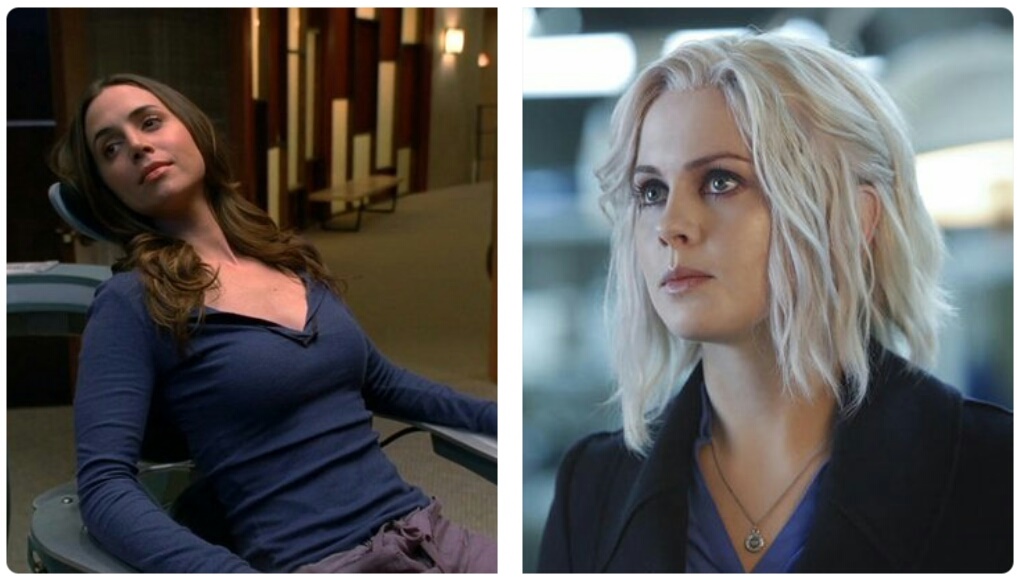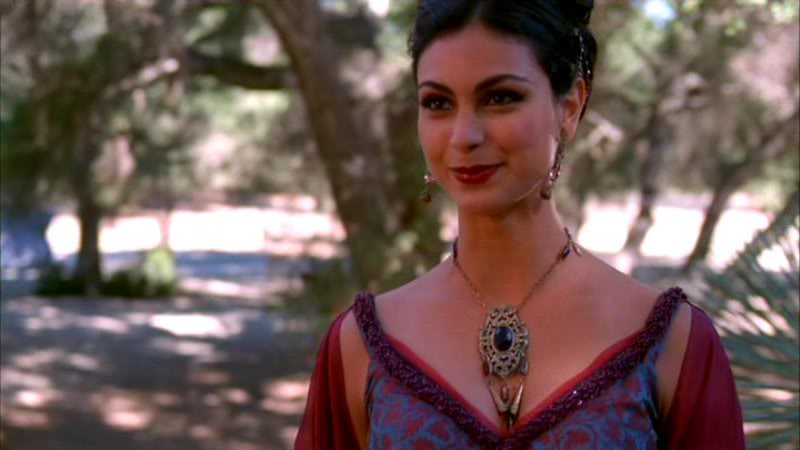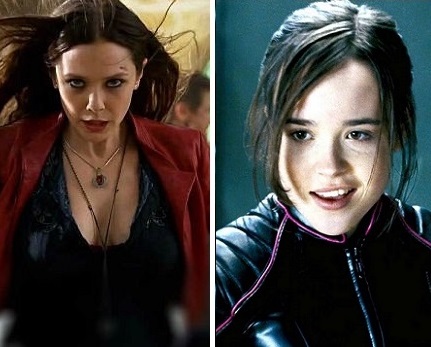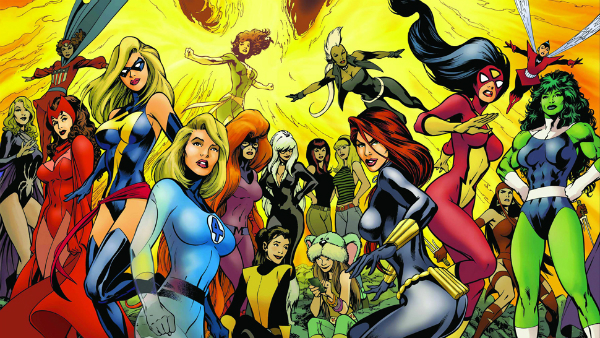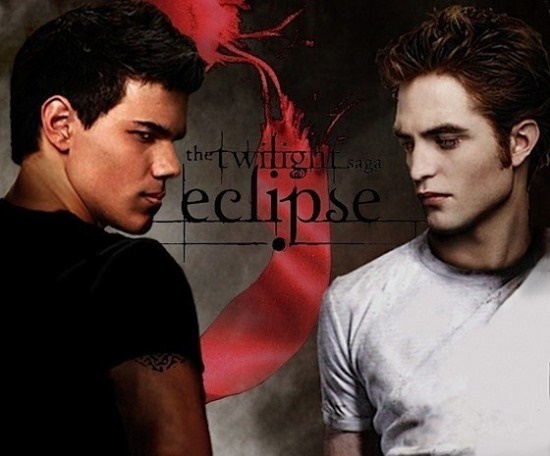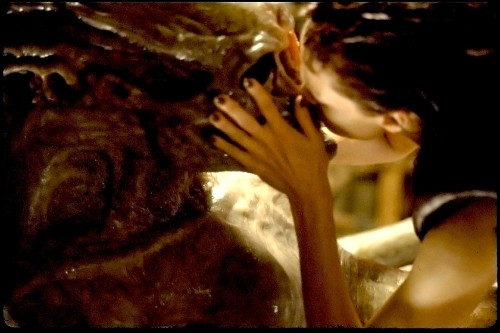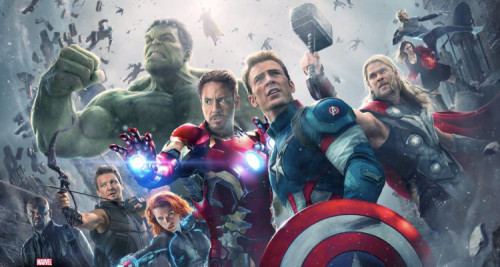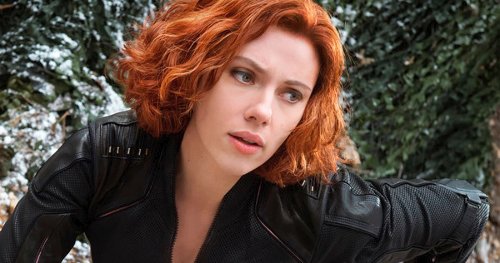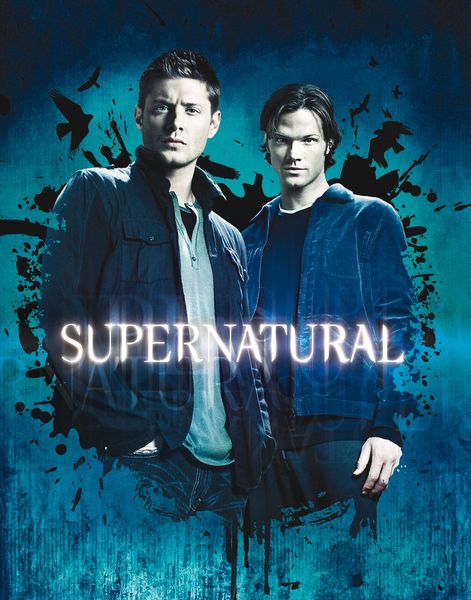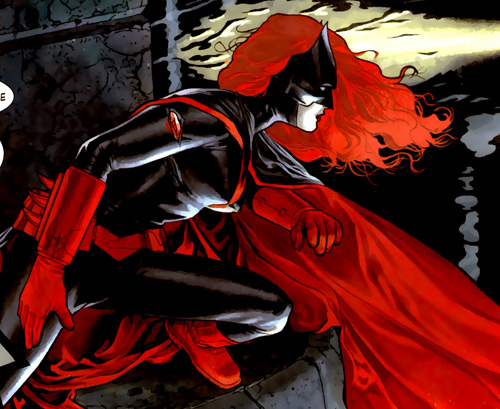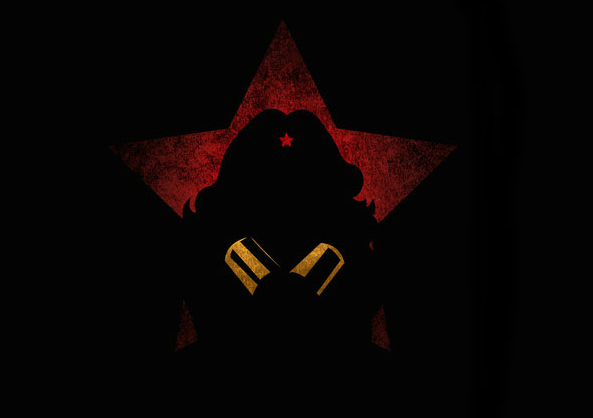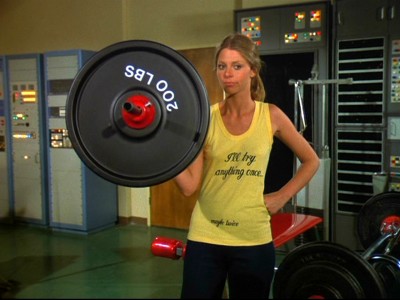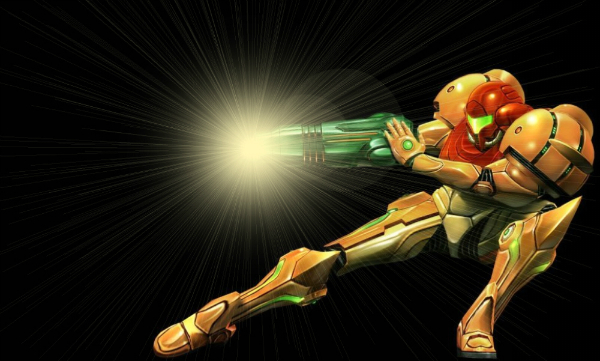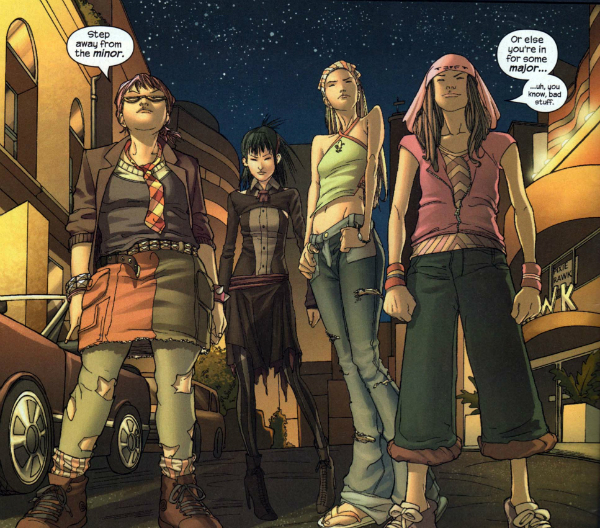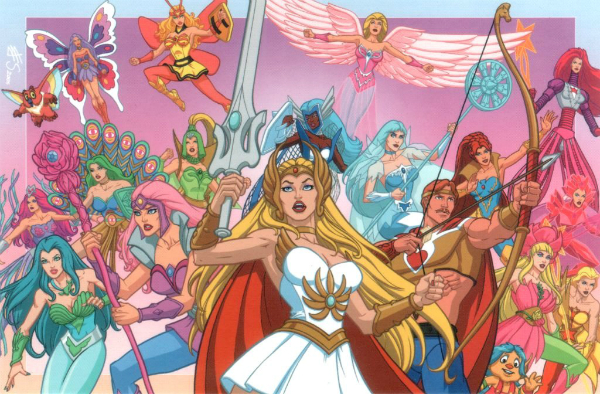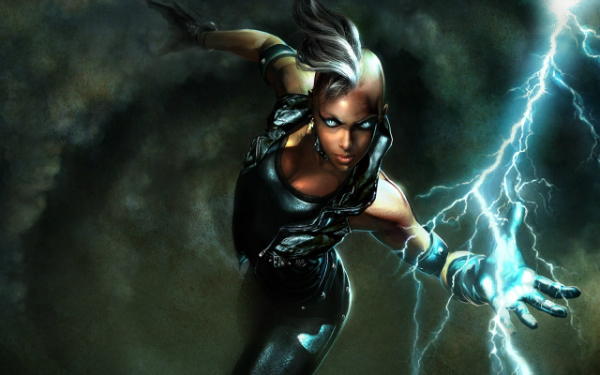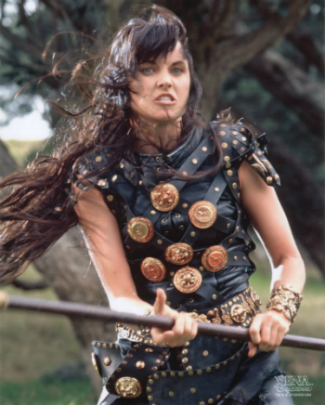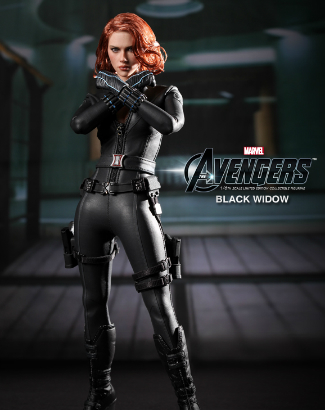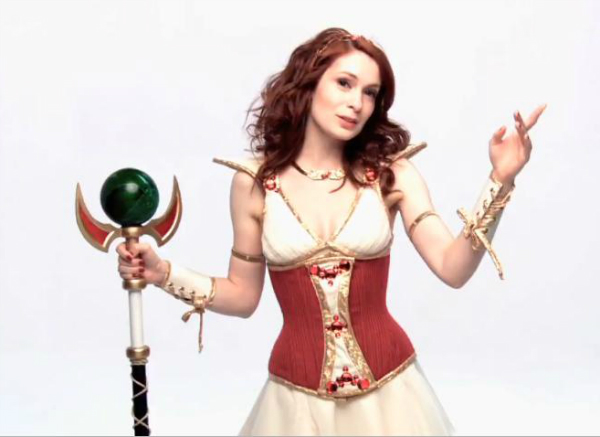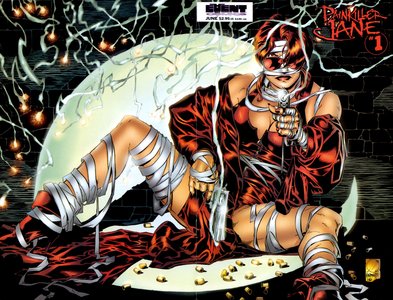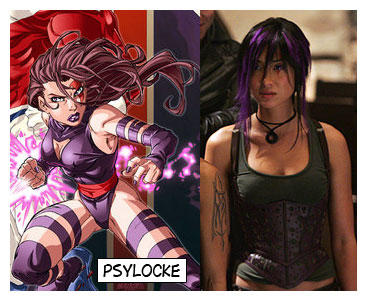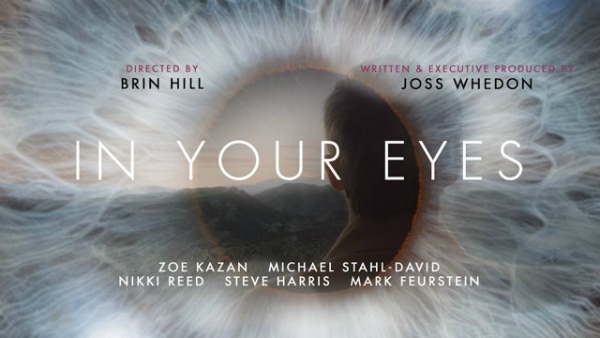Guest post written by Audrey T. Carroll.
“Would you like a treatment?” This phrase is repeated throughout the course of Joss Whedon’s television series Dollhouse, meant to cue the “Actives” or “Dolls” — people, mostly women, whose personalities have been stripped from them — to let the in-house scientist imprint them with a personality, memories, or skills that someone pays for them to have. After the client encounters, they are again wiped of their memories and personalities. The “Dollhouse,” one of approximately 20 facilities that rents out Dolls, is a human trafficking ring. The Dolls are meant to fulfill the expectations of others, especially (though admittedly not exclusively) male clients and often in a sexual or sexually enticing capacity. For example, in season one episode two “The Target,” the show’s protagonist, Echo (Eliza Dushku), is sent on a date with a man who loves outdoor activities. She is clearly hired in an arousal capacity, which takes a turn for the worst when the guy starts to hunt her.
Echo changes every week. We’re supposed to root for her because she’s the protagonist and Eliza Dushku does a wonderful job infusing the character with as much sympathy as possible. Of course we feel bad for her because of her situation. However, it can be difficult to connect to a character who has to change in accordance with each situation. Echo, in a lot of ways, embodies an ideal of “the chameleon woman.” She changes depending on the needs of the partner who paid for her, a sickening representation of the expectation that women exist solely to service the needs of others, most commonly men — if they like the outdoors, then so must she; if they need a doting wife or neighbor, then she must fit that description; if they need someone cold and calculating, then that’s what she becomes.
Why, out of all of the Dolls in the House, do we predominantly follow Echo? Because Echo is unique in that she has a “defect”: she has the ability to retain some semblance of self and she becomes more self-aware. Because of this, we can root for her as an audience; it gives us some sort of personality continuity that we can connect to emotionally. But the characters in power — scientist Topher (Fran Kanz); Adelle, (Olivia Williams) who runs the Dollhouse; Echo’s handler, Boyd (Harry Lennix) — make it clear that this is a defect, not something impressive or victorious as the audience might perceive it. In fact, this can land Echo in a lot of trouble. Specifically, she can end up in “the Attic,” which serves as a punishment of permanent entrapment and mental torment for Dolls who are “broken” or “defective” (in the view of the Dollhouse).
Echo’s unique skill doesn’t help her to not be stripped of her agency the vast majority of the time. She has no say in what personalities she gets imprinted with, or who her clients are, or even the most basic “yes or no” consent. Even before she was a Doll, when she was Caroline, the head of the Dollhouse essentially backed her against the wall, making Caroline’s agreement to be a doll in the first place ethically compromised even beyond the basic premise of “humans used as shells for the pleasure of people who pay for them.” It was hardly a choice at all. And for some other characters — namely Sierra (Dichen Lachman), who was institutionalized by a man after she rejected him and then involuntarily sent to the Dollhouse — there was literally no choice at all.
Based on the comic books, the TV series iZombie, created by Diane Ruggiero-Wright and Rob Thomas, focuses on the crime-solving medical examiner and pseudo-psychic Olivia “Liv” Moore (Rose McIver). Liv helps Detective Clive Babineaux (Malcolm Goodwin) with homicide cases. She’s able to do this because, in the process of eating the brains that come down to the medical examiner’s office to keep herself as human as possible, she takes on the memories and personalities of the deceased. This can lead to visions that give Liv clues for Clive to identify the killers he needs to put away. Because of the way that eating brains affects Liv, she changes personalities every week — a dominatrix one week, a frat boy the next.
Liv is able to help in the pursuit of justice, albeit in a highly unconventional way, and she’s able to develop meaningful and consistent relationships not solely centered on sex or her sexual appeal. She has no sexual history nor, as far as the show presents, sexual engagement with most of the other characters: Ravi (Rahul Kohli), her fellow medical examiner; Peyton (Aly Michalka), her best friend; and Clive. It could be argued that Clive benefits from what Liv can do, but he is friends with her outside of her abilities and, while he can be very determined and dedicated, he’s never forced or coerced Liv into a situation or actions that morally compromise her.
Echo’s defect is that she maintains a semblance of self; Liv’s is that she can deviate from her true self. When Liv eats the brains of a deceased hitman, she almost lets Ravi get eaten by a much more monstrous “Romero zombie.” When she’s on vigilante brains, she almost gets herself killed. When she’s on nymphomaniac brains, she cheats on her boyfriend. But most of the time, Liv is still Liv, just with some goofy quirks and moments of zoning out when she sees someone else’s memories. At first, Liv’s voice-over narration in the show reflects her thoughts and demonstrates that she’s still herself. Later, the writers let Rose McIver’s acting and her consistent chemistry with the other actors do the heavy lifting of demonstrating that Liv is always Liv, and that this Liv is who her friends connect to and care about.
Liv is also not robbed of her agency. She chooses to eat the brains of murder victims for many reasons tied to her character, probably the two foremost being that the person is already dead and she wants to help find their killer. She also turns down the “brain mush” from the company Fillmore-Graves, which would give her the sustenance she needs without imbuing her with the personalities or memories of the deceased. Liv chooses to help others, to accept the drawbacks of her current feeding situation so that being a zombie — a state of being that was beyond her control — becomes something that benefits the greater good. Liv is able to make the choice to not let what she is control who she is — zombie Liv is different from human Liv, but she is still at her core Liv.
The problem presented by both Dollhouse and iZombie is that of the “Chameleon Woman.” Both Echo and Liv carry the metaphor of the expectation that women adapt based on the needs and desires of others. However, both TV series point to this societal issue with two very different takes. In Dollhouse, women (who comprise most of the recurring named Dolls) are commodities waiting to have a skin put on them. The framing can make it difficult to create emotional connection to Echo, and all of the non-Dolls are morally compromised because they are either actively involved in the actions of the Dollhouse or otherwise complicit in its continued existence.
The argument could be made that Dollhouse is about women struggling to regain agency. However, there is the example of Alpha (Alan Tudyk), a Doll who escaped and became homicidal because he, like Echo, was remembering personalities that the Dollhouse gave him. He can theoretically be read as a warning for Echo not to be anything more than the childlike drone she is when between personalities. This is to say nothing of the constantly looming threat of “The Attic.” Whether Echo retaining her memories and sense of self is a positive quality is much more ambiguous and comes with a much greater sense of personal danger for the protagonist than is presented on iZombie.
In iZombie, situations can happen to a person that they can’t control but they can still make choices about how to move forward and, in this way, maintain agency. It’s not a flaw; letting the adopted personality control you is the failing. Liv’s zombie boyfriend Justin (Tongayi Chirisa) even tells her, when she cheats on him while on nymphomaniac brains, “I’ve eaten brains before, Liv, and you can fight them if you really want to.” At the end of the day, Dolls are Dolls; they can function as objects or they can be made to disappear. Zombies can become monsters, either the ilk of serial killer criminal bosses like Blaine (David Anders) or mindless and violent “Romero zombies.” But zombies do not have to choose to be monsters.
Both TV series are all about choice, and this becomes colored a certain way with female protagonists. Women are too often robbed of choice, or are presented with choices that range from bad to worse. The struggle for women’s agency seems inextricably linked to the struggle for women’s choices. Examining what women do with choice is a natural extension of this effort. At the end of the day, Dollhouse is about what a woman does with a lack of choice; iZombie is about what a woman does within her realm of choices.
Audrey T. Carroll is a Queens, NYC native currently pursuing her English PhD at the University of Rhode Island. Her obsessions include kittens, coffee, and Buffy the Vampire Slayer. Queen of Pentacles, her debut poetry collection, is available from Choose the Sword Press, and she can be found at http://audreytcarrollwrites.weebly.com and @AudreyTCarroll on Twitter.
